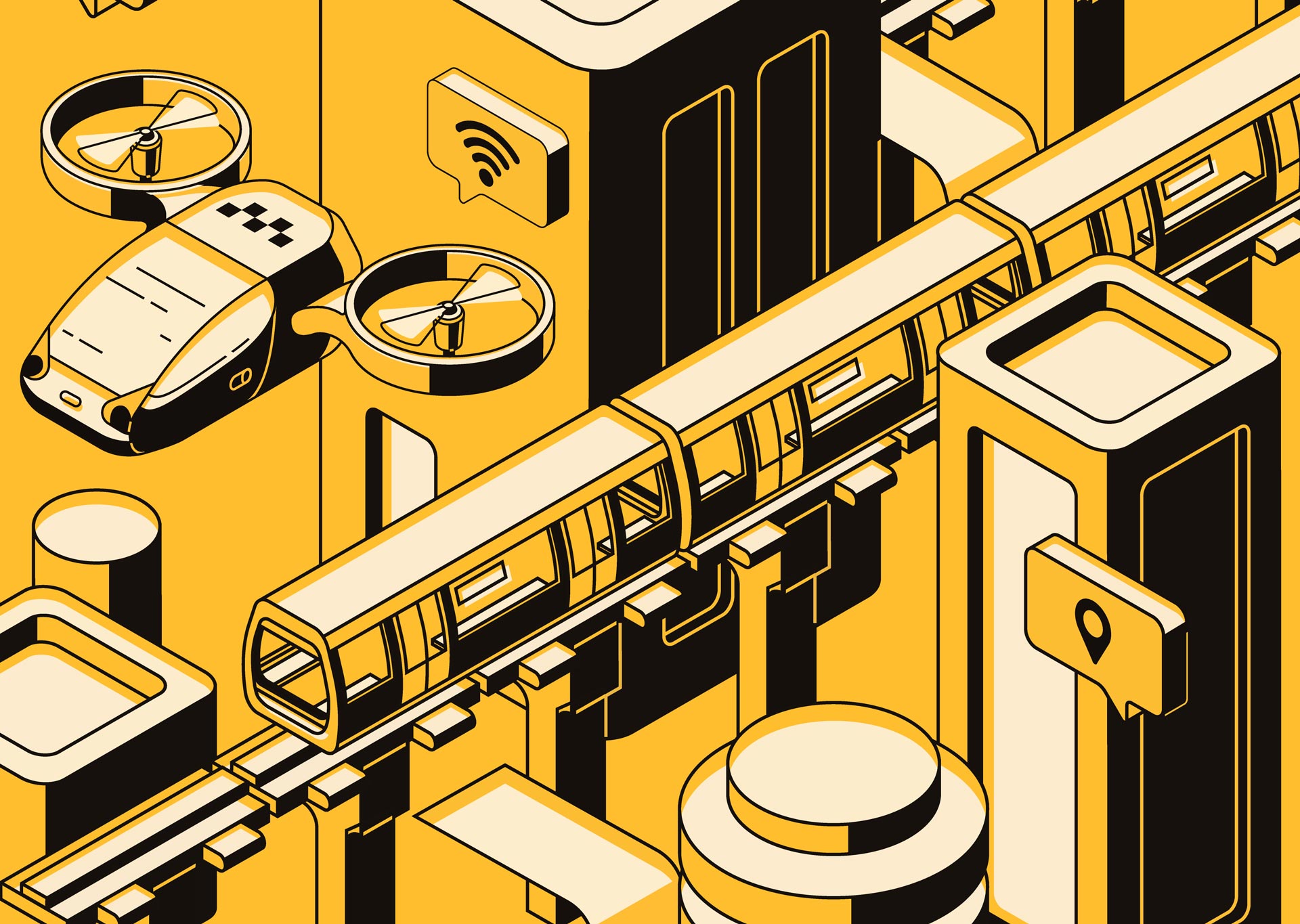
The future transport systems of 2030 will be characterised by dramatically improved safety, greater choice and higher security driven by technology, according to experts in the field.
Speaking at the RISE conference in Hong Kong this week at a panel entitled ‘Smart cars for fast times’, several experts working on emerging transport technologies gave their vision for future transport systems a decade from now.
Key to the discussion was the idea that within 10 years we will see the fruits of what Stefan Kampmann, CTO of technology provider OSRAM, described as a current “inflection point in mobility systems”.
“I think when we talk about mobility ten years from now it will be a different world based on new technologies and new solutions and new business cases,” he said.
Enhanced safety at the heart of future transport systems
One of the most notable changes we are set to see as the next decade progresses is, according to Christopher Heiser, co-founder and CEO of Renovo Auto, a dramatic drop in the number of injuries and deaths relating to transport.
“Right now, the number eight killer of humans is cars. 1.8 million road deaths per year, almost 40,000 in the United States, where I’m from, almost all of those due to human error,” he said.
How well do you really know your competitors?
Access the most comprehensive Company Profiles on the market, powered by GlobalData. Save hours of research. Gain competitive edge.

Thank you!
Your download email will arrive shortly
Not ready to buy yet? Download a free sample
We are confident about the unique quality of our Company Profiles. However, we want you to make the most beneficial decision for your business, so we offer a free sample that you can download by submitting the below form
By GlobalData“I think this is one of those things that technology can actually solve.”
He highlighted that not only were deaths and injuries a severe issue, but that there were knock-on economic impacts due to the loss of productivity.
“It’s a major issue. And it’s solveable: we can solve it with the technology we’re all working on,” he said.
“My hope is in 10 years maybe we’re at zero, but if we’re not at zero we can take that number down by 50% or more. That would be a great outcome for what we’re working on.”
Increasing choice in urban transport
In addition to safety, Brooks Entwistle, CBO of Uber, also argued that we would see a far greater number of options when it comes to urban transport, with a greater prevalence of bikes, scooters and other easy to hire options alongside established modes of transport, as well as emerging options such as Uber Elevate, the company’s autonomous flight solution.
“We’re not looking to recreate transport systems, we’re looking to augment them. But doing that from point A to point B safely in ten years, multimodality is exciting,” he said.
“Thinking about a big city, anywhere in the world, and as you think about getting across that city from home to work, you will push a button and the machine will serve up any number of modalities to get you there that are most efficient.
“It could be that you get a scooter, to get a taxi that may be autonomous, to get an Uber Elevate that will come down and take an electric for that last mile. Or you may do it and hit the transport systems that are already in existence.”
Technology’s role in future transport systems
Technology will, naturally, play a key role in future transport systems, providing support for issues such as security.
Kampmann gave the example of the humble car key, which he expects to be entirely replaced by facial recognition.
“I guess there will be no car key in the future, you will have OSRAM iris scan, you will have facial recognition,” he said, adding that this could support remote unlocking for hire services such as Uber, or work locally on a user’s own vehicle.
“There will be new technology, they will enable a different collaboration, a different kind of mobility, a different kind of human-machine interface.”
Read more: Flying cars of the future: Why they won’t be cars at all




